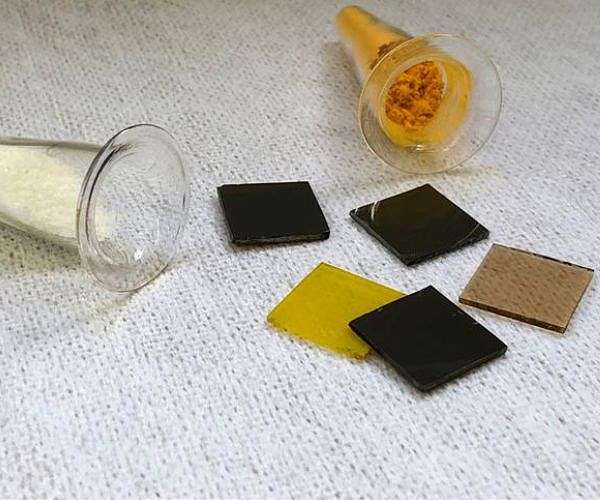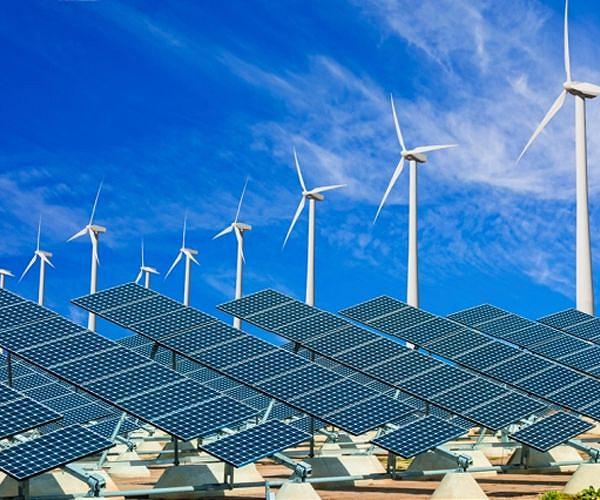
Vacuum vapor-phase deposition poised to revolutionize perovskite solar cell production
by Robert Schreiber
Berlin, Germany (SPX) Mar 19, 2024
The integration of perovskite-silicon tandem solar cells into the market could soon become a reality, thanks to vacuum vapor-phase deposition, a process that might bridge the gap to commercialization. Despite achieving laboratory efficiencies exceeding 33% and surpassing conventional silicon solar cells, perovskite solar technology has struggled to enter the market.
The debate on the optimal mass production process has been a significant hurdle, with solvent-based processes dominating research but vacuum-based methods holding a longstanding reputation in thin film and OLED manufacturing.
A recent study led by the National Renewable Energy Laboratory (NREL) and Karlsruhe Institute of Technology (KIT), involving both academic and industrial stakeholders, has shed light on the conversation, indicating a stark disparity in the focus of scientific studies versus industry preferences.
“98 percent of all scientific studies in 2022 focused on solvent-based processes. Yet, vacuum-based processes, with their industrial longevity, remain underexplored despite their potential to significantly accelerate solar cell commercialization,” stated Ulrich W. Paetzold, Tenure-Track Professor at KIT.
While solvent-based methods utilize liquid inks for substrate deposition, the vacuum-based approach offers a cleaner, dry process by sublimating materials in a vacuum, which then condense on the substrate. This method’s scalability and control have marked it as an attractive option for transitioning from laboratory settings to large-scale production.
The comparative analysis highlighted the limitations and potential of both methods. Solvent-based techniques are praised for their simplicity and low cost in laboratory settings, yet fall short in scalability and environmental sustainability. On the other hand, vacuum-based production, despite higher initial investments and slower deposition rates, presents a feasible path toward commercialization with advantages in energy efficiency, material costs, and recyclability.
The study advocates for the development of vacuum-based production to harness its full commercial potential, emphasizing the need for improvements in deposition quality and rate. “Vacuum deposition is not only the industry’s preferred method for new thin film products but, as our findings suggest, it holds competitive edge over solution deposition in cost-effectiveness,” added David Moore from NREL. The industry’s growing interest in vacuum-based processes could be the catalyst needed for the widespread adoption of perovskite solar cells.
Research Report:Vapor phase deposition of perovskite photovoltaics: short track to commercialization?
Related Links
Karlsruhe Institute of Technology
All About Solar Energy at SolarDaily.com







